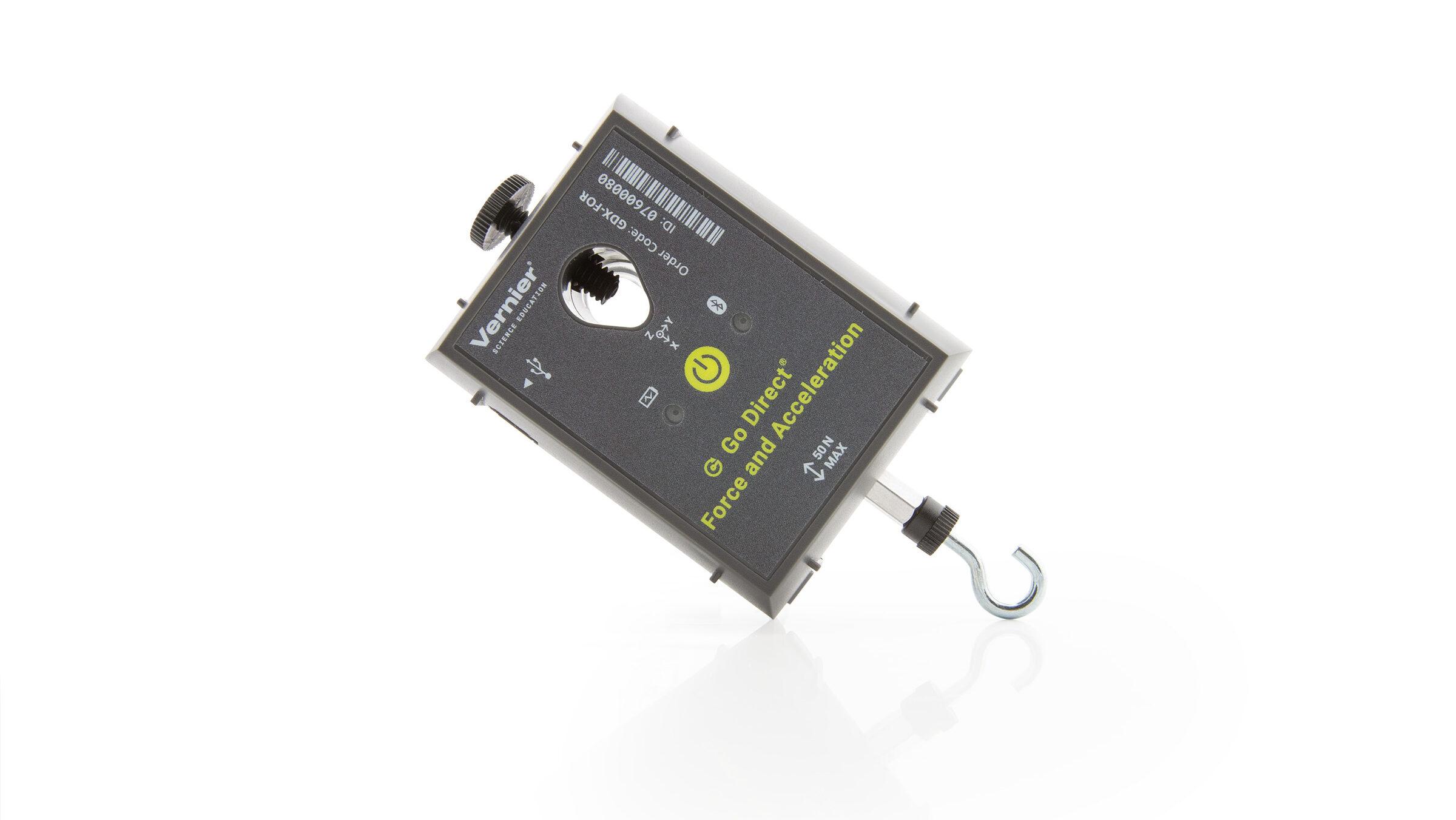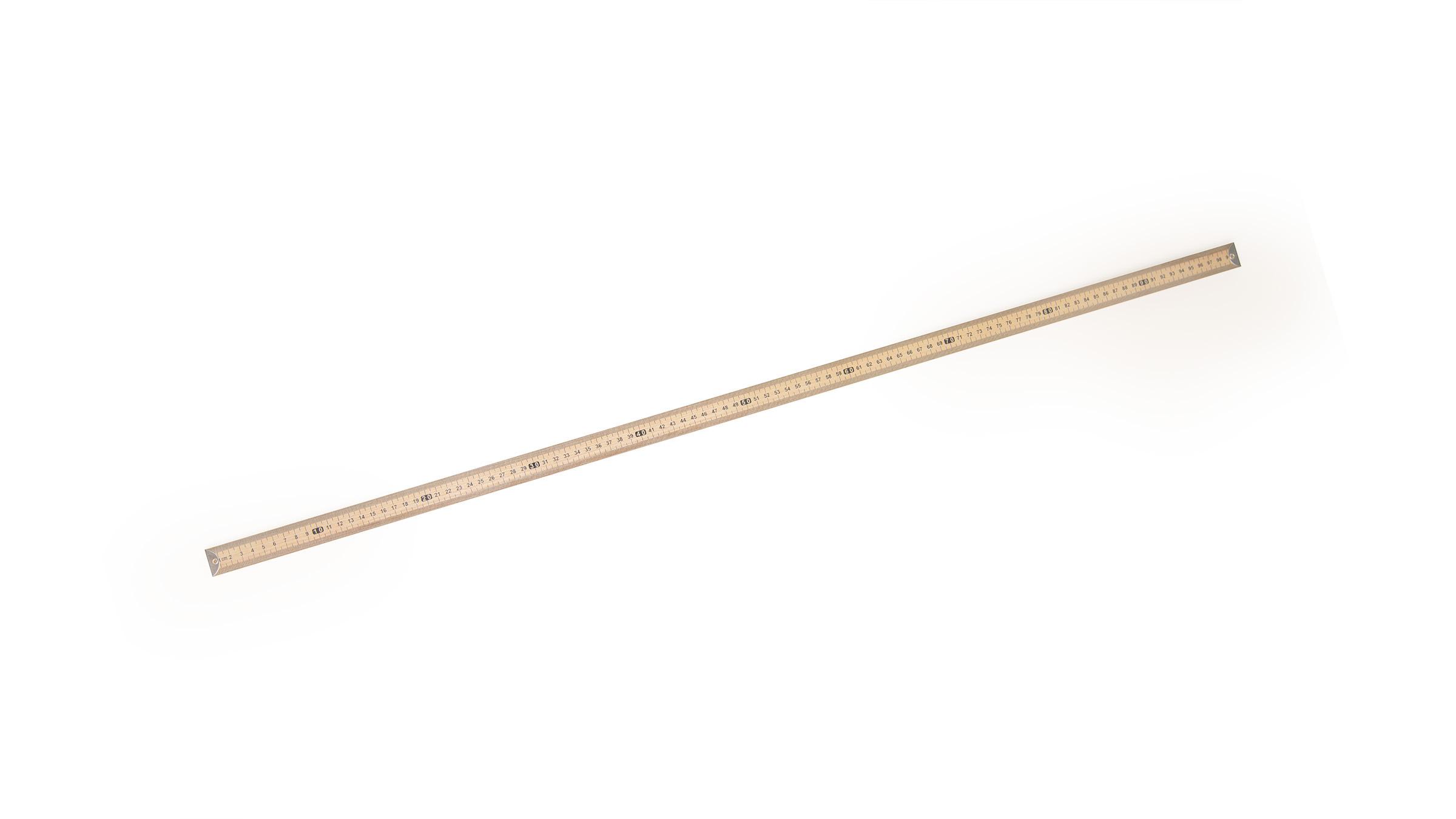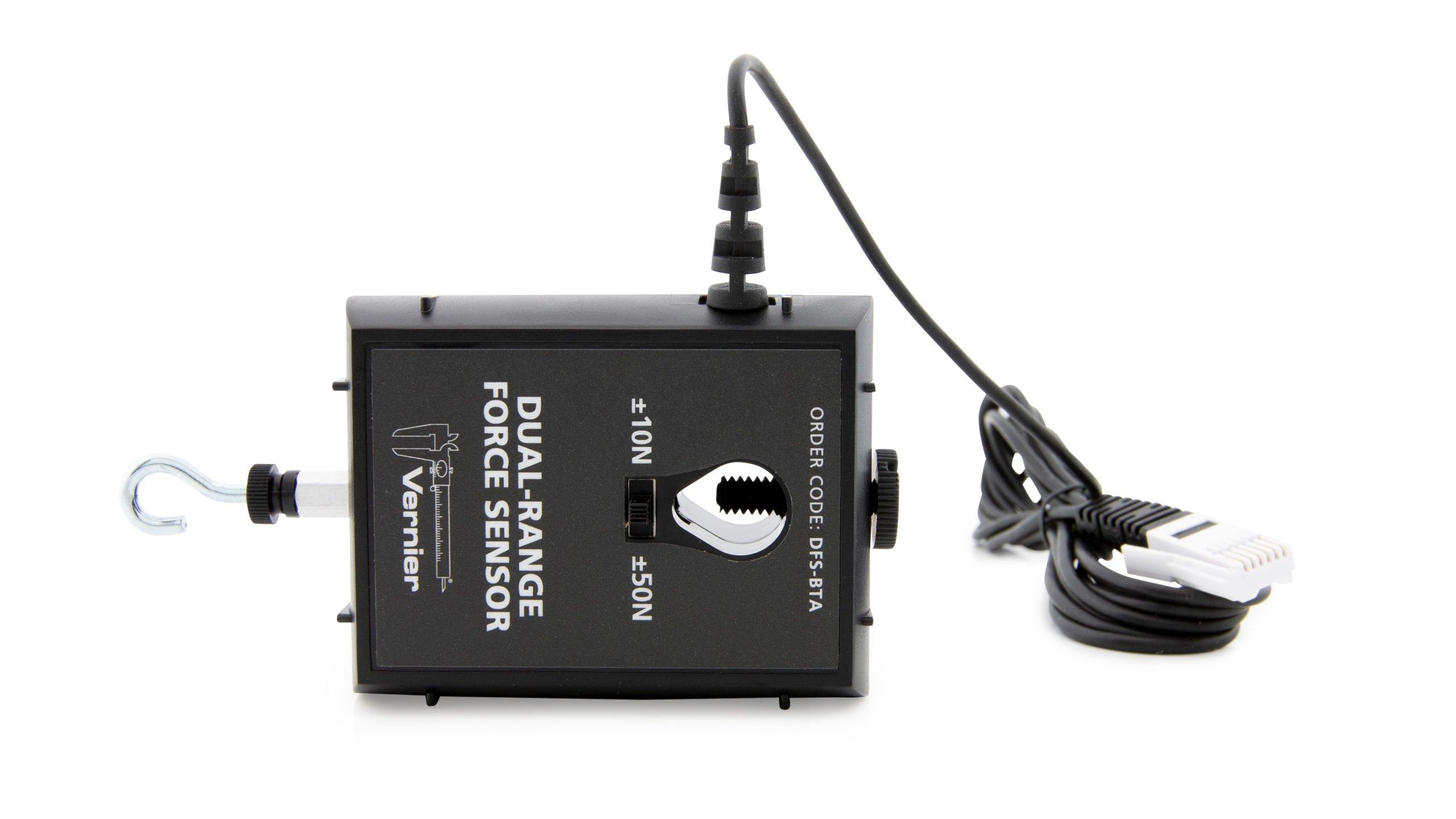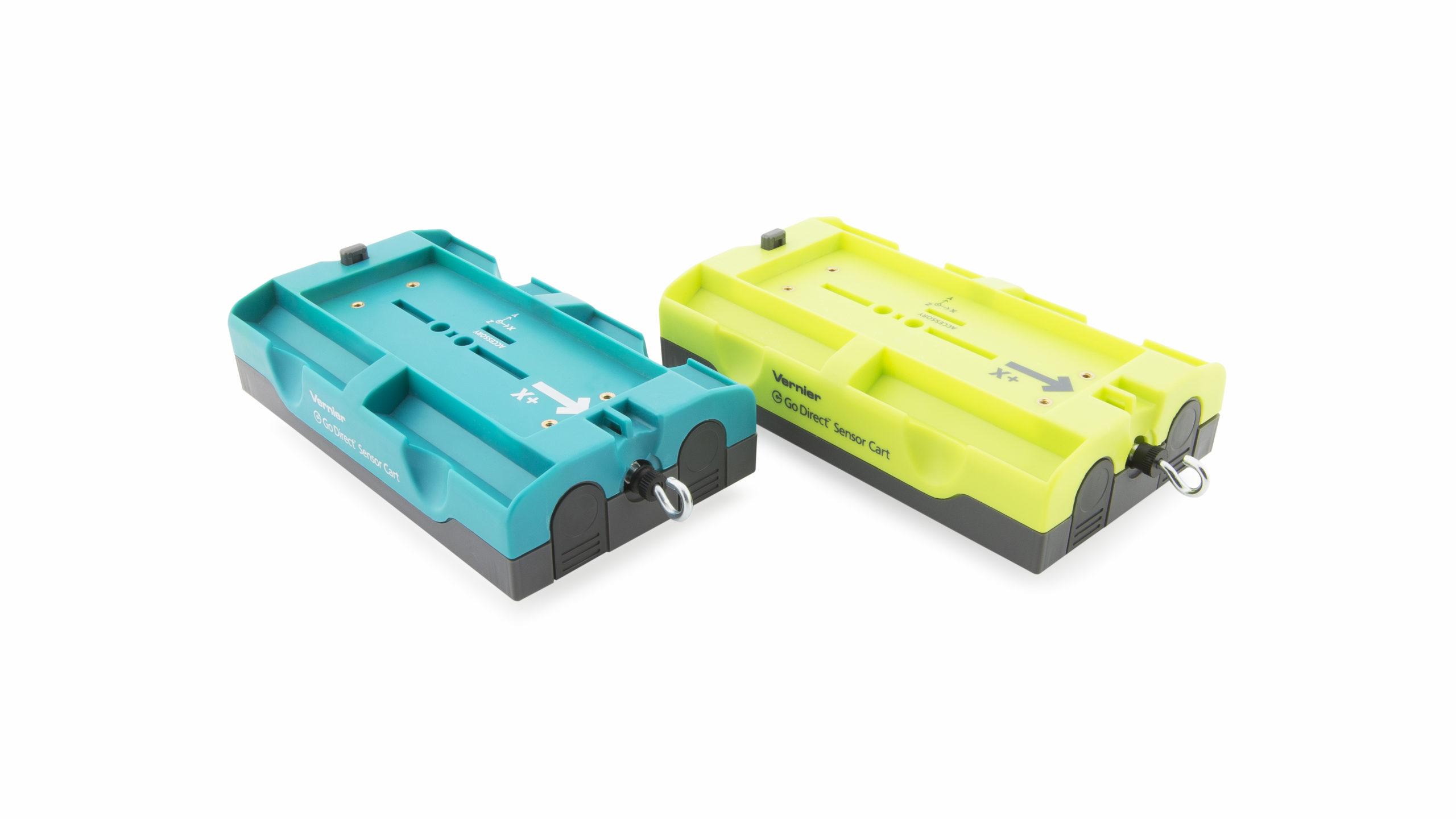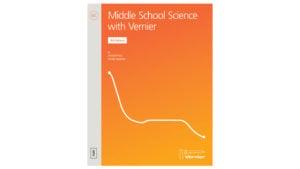First-Class Levers
Experiment #30 from Middle School Science with Vernier
- Education Level
- Middle School
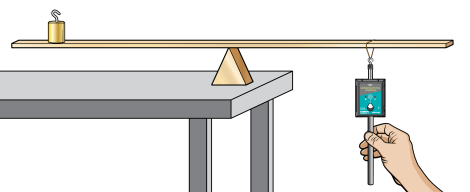
Introduction
A lever is a simple machine used to make work easier. It consists of a long, rigid bar with a support that allows the bar to pivot. The point where the bar pivots is the fulcrum. There are three classes of levers—first, second, and third. In this experiment, you will examine first-class levers. Crowbars and scissors are examples of first-class levers. A lever can help you move an object by increasing the force you exert. Mechanical advantage (MA) is a value that tells the number of times a machine increases an applied force. You will use a Force Sensor to measure resistance force and effort force (in newtons). You will then use this information to calculate the mechanical advantage of each lever.
Objectives
In this experiment, you will
- Measure force.
- Calculate actual mechanical advantage (AMA).
- Calculate ideal mechanical advantage (IMA).
- Calculate percent difference.
- Make conclusions about levers.
Sensors and Equipment
This experiment features the following sensors and equipment. Additional equipment may be required.
Ready to Experiment?
Ask an Expert
Get answers to your questions about how to teach this experiment with our support team.
- Call toll-free: 888-837-6437
- Chat with Us
- Email support@vernier.com
Purchase the Lab Book
This experiment is #30 of Middle School Science with Vernier. The experiment in the book includes student instructions as well as instructor information for set up, helpful hints, and sample graphs and data.

